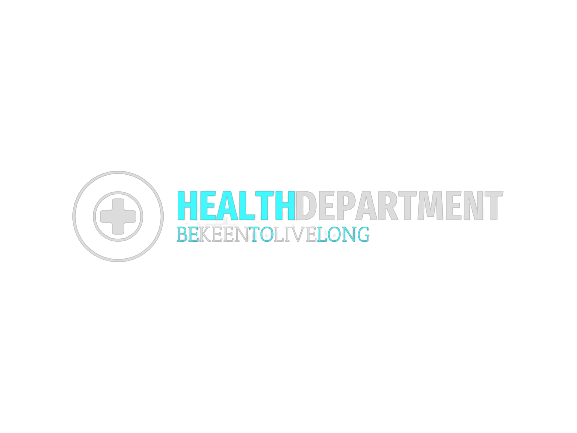CANCER
Cancerous tumors spread to or invade nearby tissues and can travel to distant places in the body to form new tumors (a process called metastasis). Cancerous tumors can also be called malignant tumors.
Many cancers form solid tumors, but blood cancers such as leukemias generally do not.
Benign tumors do not spread to or invade nearby tissues. Benign tumors usually do not grow back after removal, while cancerous tumors sometimes do. However, benign tumors can sometimes be quite large. Some can cause serious symptoms or be life-threatening, such as benign brain tumors.
Differences between cancer cells and normal cells
Cancer cells differ from normal cells in many ways. For example, cancer cells:
they grow in the absence of signals telling them to grow. Normal cells only grow when they receive such signals.
ignore signals that normally tell cells to stop dividing or die (a process known as programmed cell death or apoptosis).
they penetrate nearby areas and spread to other areas of the body. Normal cells stop growing when they encounter other cells, and most normal cells do not move around the body.
tell blood vessels to grow toward tumors. These blood vessels supply the tumors with oxygen and nutrients and remove waste products from the tumors.
hide from the immune system. The immune system normally eliminates damaged or abnormal cells.
trick the immune system into helping cancer cells stay alive and grow. For example, some cancer cells convince immune cells to protect the tumor instead of attacking it.
they accumulate more changes in their chromosomes, such as duplications and deletions of parts of chromosomes. Some cancer cells have double the normal number of chromosomes.
they rely on different types of nutrients than normal cells. In addition, some cancer cells make energy from nutrients in a different way than most normal cells. This allows cancer cells to grow faster.
Many times, cancer cells rely so heavily on these abnormal behaviors that they cannot survive without them. Scientists have taken advantage of this fact and developed therapies that target the abnormal features of cancer cells. For example, some cancer therapies prevent blood vessels from growing towards tumors, essentially starving the tumor of needed nutrients.
How does cancer develop?
MAGNIFY
Cancer is caused by certain changes in genes, the basic physical units of heredity. Genes are arranged in long strands of tightly packed DNA called chromosomes.
Cancer is a genetic disease – that is, it is caused by changes in the genes that control the way our cells work, especially how they grow and divide.
Genetic changes that cause cancer can occur because:
errors that occur during cell division.
DNA damage caused by harmful substances in the environment, such as chemicals in tobacco smoke and ultraviolet rays from the sun. (See our Causes and Prevention of Cancer section for more information.)
they were inherited from our parents.
The body normally eliminates cells with damaged DNA before they turn cancerous. But the body's ability to do this decreases with age. This is one of the reasons why there is a higher risk of cancer later in life.
Each person's cancer has a unique combination of genetic changes. As the cancer continues to grow, more changes will occur. Even within the same tumor, different cells can have different genetic changes.
The basics of cancer
1/10
Types of genes that cause cancer
Genetic changes that contribute to cancer tend to affect three main types of genes—proto-oncogenes, tumor suppressor genes, and DNA repair genes. These changes are sometimes called the "driving force" of cancer.
Proto-oncogenes are involved in normal cell growth and division. However, if these genes are changed in certain ways or are more active than normal, they can become cancer-causing genes (or oncogenes), allowing cells to grow and survive when they shouldn't.
Tumor suppressor genes are also involved in controlling cell growth and division. Cells with certain changes in tumor suppressor genes can divide in an uncontrolled manner.
DNA repair genes are involved in fixing damaged DNA. Cells with mutations in these genes tend to develop additional mutations in other genes and changes in their chromosomes, such as duplications and deletions of parts of chromosomes. Together, these mutations can cause cells to become cancerous.
As scientists learned more about the molecular changes that lead to cancer, they discovered that certain mutations are common in many types of cancer. Many cancer treatments are now available that target the gene mutations found in cancer. Some of these treatments can be used by anyone with a cancer that has a targeted mutation, regardless of where the cancer started.
When cancer spreads
MAGNIFY
In metastasis, cancer cells break away from where they first formed and form new tumors in other parts of the body.
Credit: © Teresa Winslow
Cancer that has spread from where it first formed to another place in the body is called metastatic cancer. The process by which cancer cells spread to other parts of the body is called metastasis.
Metastatic cancer has the same name and the same type of cancer cells as the original or primary cancer. For example, breast cancer that forms a metastatic tumor in the lung is metastatic breast cancer, not lung cancer.
Under the microscope, metastatic cancer cells generally look the same as the cells of the original cancer. In addition, metastatic cancer cells and original cancer cells usually share some common molecular features, such as the presence of specific chromosomal alterations.
In some cases, treatment can help prolong the lives of people with metastatic cancer. In other cases, the primary goal of treatment for metastatic cancer is to control the growth of the cancer or relieve the symptoms it causes. Metastatic tumors can cause serious damage to body function, and most people who die from cancer die from metastatic disease.


.jpg)





.jpg)
0 Comments
if you have any doubt,please let me know